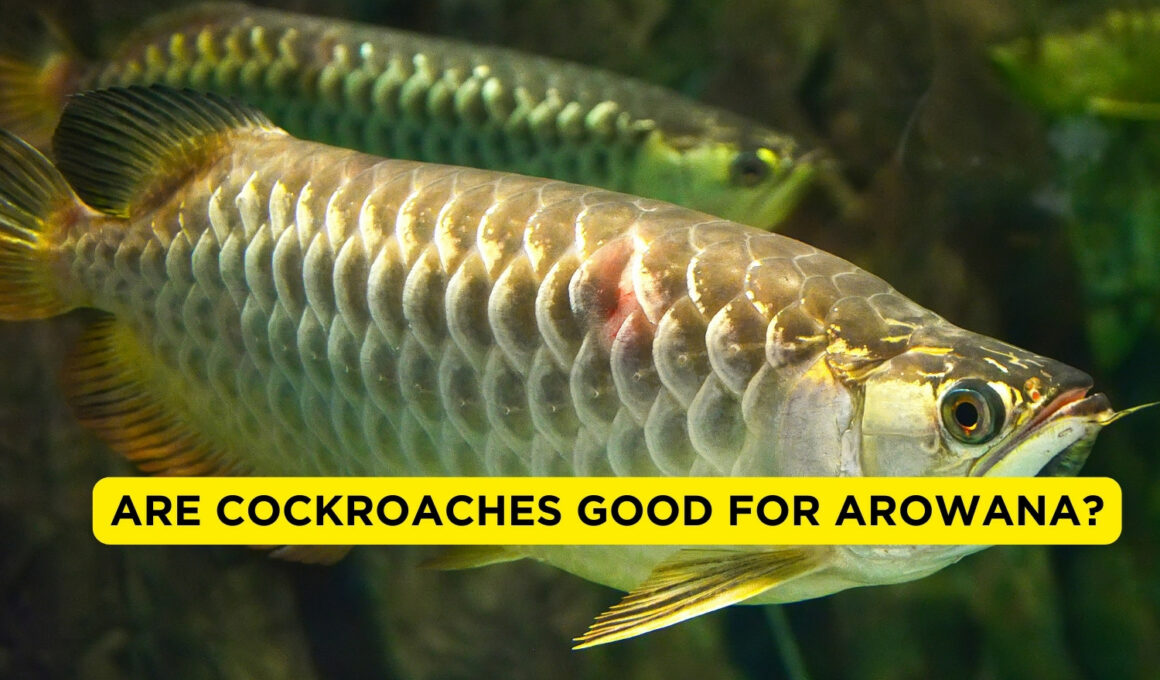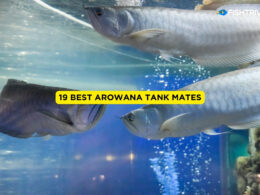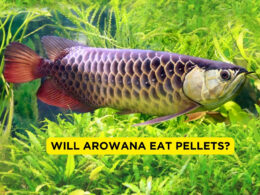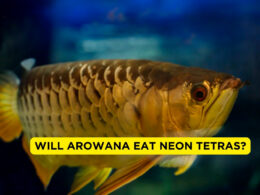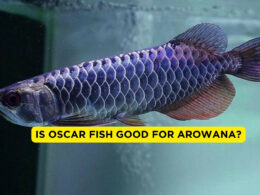In this article Show
Are cockroaches a suitable food choice for Arowanas? As an experienced fish keeper, I understand the complexities and joys of maintaining a thriving home aquarium, especially when it comes to the unique dietary needs of Arowana.
Arowanas, often referred to as ‘living dragons’ due to their majestic appearance, are a popular choice among aquarium hobbyists. These fish are not only admired for their striking looks but also their fascinating behavior.
However, the key to their well-being lies significantly in their diet. This brings us to the topic of alternative, unconventional food sources, such as cockroaches.
In this article, we will examine the nutritional aspects of feeding cockroaches to Arowanas. We’ll look at the benefits and potential risks, backed by scientific insights and practical experience.
Are Cockroaches Good for Arowana?
Yes, cockroaches can be a suitable dietary choice for Arowana fish, provided they are prepared correctly and sourced safely. Arowanas, known for their diverse diet in natural habitats, can benefit nutritionally from the protein-rich content of cockroaches. However, it is crucial to ensure these insects are free from pesticides and parasites to avoid health risks.
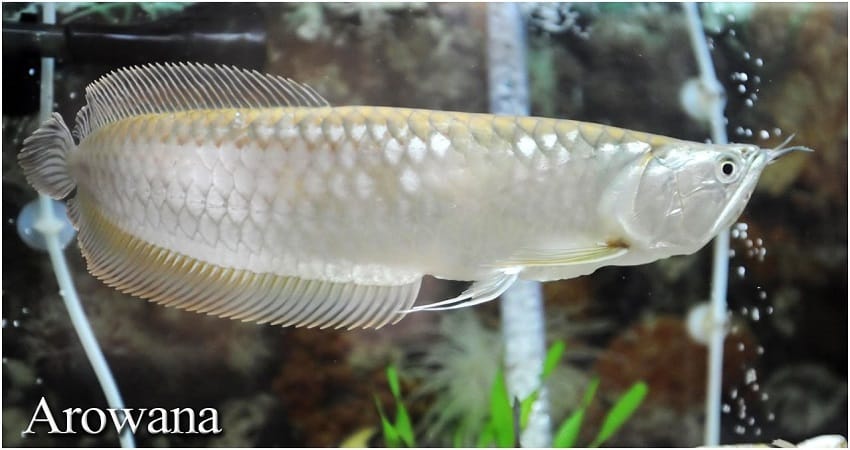
Cockroaches as a Food Source
Nutritional Profile of Cockroaches
Cockroaches, often overlooked in the world of pet nutrition, can be a surprisingly good source of nourishment for Arowana fish. These insects are rich in protein, essential for the growth and muscle development of arowanas.
They also contain vital minerals and nutrients, such as calcium and phosphorus, which contribute to the overall health of these fish. The high protein content, coupled with a low-fat profile, makes cockroaches an efficient food source, particularly for carnivorous species like Arowanas.
Benefits and Risks of Feeding Cockroaches to Arowanas
Introducing cockroaches into an Arowana’s diet can offer several benefits. The natural hunting and foraging behavior stimulated by live food can be advantageous for the mental and physical well-being of Arowana. Cockroaches also offer variety in their diet, which is essential for a balanced nutritional intake.
However, there are risks to consider. The primary concern is the source of the cockroaches. Wild cockroaches may carry parasites and diseases or may have been exposed to pesticides, all of which pose significant health risks to Arowanas. Additionally, over-reliance on any single food source can lead to nutritional imbalances.
Preparing Cockroaches for Safe Consumption
To safely incorporate cockroaches into your Arowana’s diet, it is critical to source them from reliable, clean environments. Breeders or pet stores that specialize in reptile and fish feeding are ideal sources. These cockroaches are typically raised in controlled conditions, ensuring they are free from harmful chemicals and parasites.
Before feeding, it’s recommended to gut-load the cockroaches for 24 hours. This process involves feeding the cockroaches nutritious foods, which in turn enhances their nutritional value for the Arowana.
After gut-loading, the cockroaches should be rinsed and checked for health before being introduced to the aquarium.
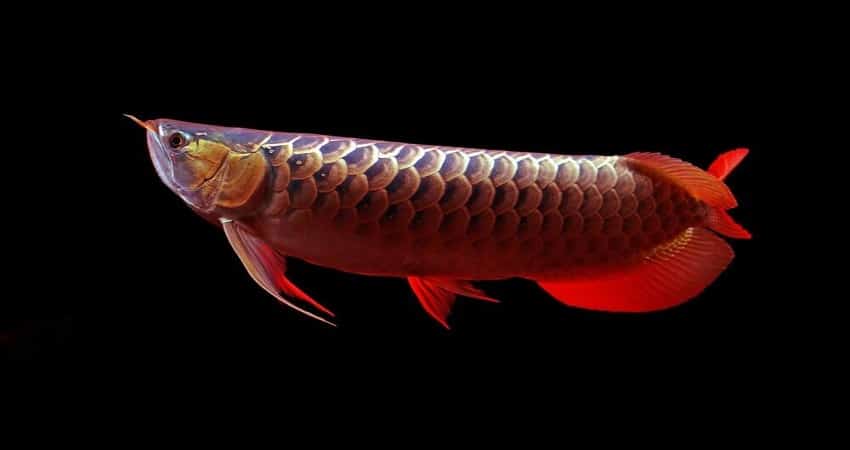
Alternative Diets for Arowana Fish
Other Suitable Food Options
Arowanas are known for their varied diet, and providing a range of food options is crucial for their health. Beyond cockroaches, Arowanas thrive on a diet that includes live foods like crickets, mealworms, and small fish such as guppies or goldfish.
These live foods mimic their natural hunting instincts and provide essential nutrients. Frozen or dried foods, like shrimp, bloodworms, and specialized arowana pellets, also play a vital role in their diet, offering convenience and balanced nutrition.
Comparing the Benefits of Different Diets
Each type of food brings unique benefits to an Arowana’s diet. Live foods stimulate natural predatory behaviors and typically have high protein content, essential for growth and vitality. Frozen and dried foods, on the other hand, are often fortified with vitamins and minerals, ensuring a well-rounded diet.
Pellets are particularly beneficial as they are specifically formulated to meet the nutritional needs of Arowanas, including the right balance of proteins, fats, and carbohydrates, along with essential vitamins and minerals.
How to Balance a Diverse Diet for Arowanas
Balancing the diet of an Arowana is key to their health. A good rule of thumb is to provide a mix of live, frozen, and dried foods, ensuring a variety of nutrients are consumed.
Live foods can be offered a few times a week to encourage natural hunting behavior, while pellets or dried foods can serve as the staple diet, providing consistent nutrition. Frozen foods can be used as a supplement, offering additional nutrients and variety.
It’s important to monitor the arowana’s response to different foods and adjust the diet accordingly. Factors like growth rate, color vibrancy, and activity level can indicate whether their dietary needs are being met.
Regularly varying their diet not only meets their nutritional needs but also keeps the Arowana mentally stimulated and engaged. With a well-planned, diverse diet, Arowanas can maintain optimal health and display their full majestic beauty.






